|
Repost from TechnoScience as if People Mattered
There has been no shortage of both hype and skepticism surrounding a proposed innovation whose creators champion as potentially solving North America’s energy woes: Solar Roadways. While there are reasonable concerns about the technical and economic viability of incorporating solar panels into street and highways, almost completely ignored are the sociopolitical facets of the issue. Even if they end up being technically and financially feasible, the question of “Why should we want them?” remains unanswered. Too readily do commentators forget that at stake is not merely how Americans get their electricity but the very organization of everyday life and the character of their communities. Solar Roadways technology is the brainchild of an Idaho start-up. It involves sandwiching photovoltaics between a textured, tempered road surface and a concrete bedding that houses other necessary electronics, such as storage batteries and/or the circuitry needed to connect it to the electrical grid. Others have raised issue over the fairly rosy estimates of these panels’ likely cost and potential performance, including their driveability and longevity as well as whether or not factors like snowfall, low temperatures in northern states and road grime will drastically reduce their efficiency. Given that life cycle analyses of rooftop solar panels estimate energy payback periods of ten to twenty years, any reduction in efficiency makes PV systems much less feasible. Will the panels actually last long enough to offset the energy it takes to build, distribute and install them? The extensive history of expensive technological failures should alert citizens to the need to address such worries before this technology is embraced on a massive scale. However, these reasonable technical concerns should not distract one from looking into the potential sociocultural consequences of implementing solar roadways. One of the main observations of Science and Technology Studies scholarship is that technologies have political consequences: Their very existence and functioning renders some choices and sets of actions possible and others more difficult if not impossible. One of the most obvious examples is how the transportation infrastructures implemented since the 1940’s have rendered walkable, vibrant urban areas in the United States exceedingly difficult to realize. Residents of downtown Albany, for instance, are practically prohibited from being able to choose to have a pleasant waterfront area on the edge of the Hudson River because mid-twentieth century state legislators decided to put I-787 there (partly in order to facilitate their own commutes into the city). Contemporary advocates for an accessible and vibrant waterfront not only face opposition from today’s legislators but also the disincentives posed by the costs and difficulties of moving millions of tons of sunk concrete and disrupting the established transportation network. Solar Roadways, therefore, is not merely a promising green energy idea but also potentially a mechanism for further entrenching the current transportation system of roads and highways. It is politically consequential technology. Most citizens are already committed to the highway and automobile system for their transportation needs, in part also due to the intentional dismantling and neglect of public transit. Having to rely on the highway and road system for electricity would only make moving away from car culture and toward walkable cities more difficult. It is socially and politically challenging to alter infrastructure once it is entrenched. Dismantling a solarfied I-787 in Albany, for example, would not simply require disrupting transportation networks but energy systems as well. If states were to implement solar roadways, it would be effectively an act of legislation that helps ensure that automobile-oriented lifestyles remain dominant for decades to come. This further entrenchment of automobility may be exactly why the idea of solar roadways seems so enticing to some. Solar Roadways is an example of what is known in Science and Technology Studies as a “techno-fix.” It promises the solving of complex sociotechnical problems through a “miracle” innovation and, hence, without the need to make difficult social and political decisions (see here for an STS-inspired take). That is, solar roadways are so alluring because they seem to provide an easy solution to the problems of climate change and growing energy scarcity. No need to implement carbon taxes, drive less or better regulate industry and the exploitation non-renewable resources, the technology will fix everything! To be fair, techno-fixes are not always bad. The point is only that one should be cautiously critical of them in order to not risk falling victim to wide-eyed techno-idealism. Some readers, of course, might still be skeptical of my interpretation of solar roadways as techno-fix perhaps aimed more at saving car culture than creating a more sustainable technological civilization. However, one simply need to ask “Why roadways rather than rooftops?” It does not take much expertise in renewable energy technologies to recognize that solar panels on rooftops make much more sense than on streets, highways and parking lots: They last longer because they are not subject to having cars and trucks drive on them; they can be angled to maximize the incidence of the sun’s rays; and there is likely just as much unused roof space as asphalt. Given all the additional barriers they face, it seems hard to deny that some of appeal of solar roadways is not technical but cultural: They promise the stabilization and entrenchment of a valued but likely unsustainable way of life. Nevertheless, I do not want to simply shoot down solar roadway technology but ask “How could it be used to support ways of life other than car culture?” Critically analyzing a technology from a Science and Technology Studies perspective can often lead to recommendations for its reconstruction, not simply its abandonment. I would suggest reinterpreting this proposed innovation as solar walkways rather than roadways, given that their longevity is more certain if subjected to footsteps instead of multi-ton vehicles. Moreover, as urban studies scholars have documented for decades, most urban and suburban spaces in North America suffer from a lack of quality public space. City plazas and town squares might seem more “rational” to municipal planners if their walking surfaces were made up of PV panels. Better yet, consider incorporating piezoelectrics at the same time and generate additional electricity from the pedestrians walking on it. Feed this energy into a collectively owned community energy system and one has the makings of a technology that, along with a number of other sociotechnical and political changes, could help make more vibrant, public urban spaces easier to realize. Citizens, certainly, could decide that solar walkways are no more feasible or attractive than solar roadways, and should investigate potential uses that go far beyond what I have suggested. Regardless, part of the point of Science and Technology Studies is to creatively re-imagine how technologies and social structures could mutually reinforce each other in order to support alternative or more desirable ways of life. Despite all the Silicon Valley rhetoric around “disruption,” new innovations tend be framed and implemented in ways that favor the status quo and, in turn, those who benefit from it. The supposed “disruption” posed by solar roadway technology is little different. Members of technological civilization would be better off if they not only asked of new innovations “Is it feasible?” but also “Does it support a sustainable and desirable way of life?” Solar freakin’ roadways might be viable, but citizens should reconsider if they really want the solar freakin’ car culture that comes with it. If you have been on NY Magazine's "Science of Us" blog during the last two days, you might have seen this graph along with the conclusion that mass shootings in the United States are not on the rise: The author looks at the graph, shrugs their shoulders and concludes "It's clear that there is no major upward trend." It has been quite a few years since I was a math student but this struck me as odd. Most strange is that, for a science blog, they should know that one does not analyze data simply by looking at it but with statistics. Posting this graph without analysis is both lazy and potentially dishonest. I went ahead did a linear regression on the linked raw data: Despite the apparent scatter, there is actually an average trend upward. The increase is statistically significant for victims at a 95% confidence but for the number of incidents the relationship is not as certain (85%). So, although the data does not provide a super strong case for incidents being on the rise, it does suggest that the number of victims are. So, let's look at the number of victims per incident: Indeed, there is an upward average trend for victims per incident (90% confidence). Moreover, one can see that the two most deadly years were in the last decade. So, far from simply being a product of an "availability heuristic" (perception of increase just based on more media coverage), it seems plausible that mass shooting victimization is on the rise. Of course, if one subtracted the outlier years, the relationship would likely weaken somewhat. However, the above analysis is based on the absolute numbers of incidents and victims. What about the per capita figures? The best fit lines from the linear regression when the number of victims and incidents are divided by the United State's population figures seem to suggest a flat or downward trend in the per capita rates of mass shooting incidents and victims. However, for both cases the relationship is NOT statistically significant.
This analysis took all of about twenty minutes to do in Excel and resulted in conclusions very different from those offered by the Science for Us blog. The data suggests that there are more victims and incidents today than in previous decades, though that fact is probably more related to the growth in the US population than an increased propensity toward mass shootings. However, it does seem that mass shootings have been (on average) getting more and more deadly. Nevertheless, one should not lose sight of the fact that these events have not declined along with the firearm homicide rates and could still be considered to occur far more frequently than is desirable. Motivation for sensible gun control measures and other changes to public policy does not rely on discovering a growing epidemic in the data but simply the belief that such needless violence could be prevented. Research continues to suggest that lax regulations combined with a strong "gun culture" contributes significantly to America's incredibly high rate of firearm related crime (compared to other countries). Gun violence, of course, is a complex issue that I think is not simply solved by restricting access but also providing better economic and political opportunities to those Americans more likely to be both the perpetrators and victims of gun violence (e.g., poor minorities). Furthermore, it is not just a civilian issue, police in this country shoot and kill far more citizens than other countries and are increasingly militarized to boot. Regardless, I will save a more in-depth analysis of gun violence for another post. |
Details
AuthorTaylor C. Dotson is an associate professor at New Mexico Tech, a Science and Technology Studies scholar, and a research consultant with WHOA. He is the author of The Divide: How Fanatical Certitude is Destroying Democracy and Technically Together: Reconstructing Community in a Networked World. Here he posts his thoughts on issues mostly tangential to his current research. Archives
July 2023
Blog Posts
On Vaccine Mandates Escaping the Ecomodernist Binary No, Electing Joe Biden Didn't Save American Democracy When Does Someone Deserve to Be Called "Doctor"? If You Don't Want Outbreaks, Don't Have In-Person Classes How to Stop Worrying and Live with Conspiracy Theorists Democracy and the Nuclear Stalemate Reopening Colleges & Universities an Unwise, Needless Gamble Radiation Politics in a Pandemic What Critics of Planet of the Humans Get Wrong Why Scientific Literacy Won't End the Pandemic Community Life in the Playborhood Who Needs What Technology Analysis? The Pedagogy of Control Don't Shovel Shit The Decline of American Community Makes Parenting Miserable The Limits of Machine-Centered Medicine Why Arming Teachers is a Terrible Idea Why School Shootings are More Likely in the Networked Age Against Epistocracy Gun Control and Our Political Talk Semi-Autonomous Tech and Driver Impairment Community in the Age of Limited Liability Conservative Case for Progressive Politics Hyperloop Likely to Be Boondoggle Policing the Boundaries of Medicine Automating Medicine On the Myth of Net Neutrality On Americans' Acquiescence to Injustice Science, Politics, and Partisanship Moving Beyond Science and Pseudoscience in the Facilitated Communication Debate Privacy Threats and the Counterproductive Refuge of VPNs Andrew Potter's Macleans Shitstorm The (Inevitable?) Exportation of the American Way of Life The Irony of American Political Discourse: The Denial of Politics Why It Is Too Early for Sanders Supporters to Get Behind Hillary Clinton Science's Legitimacy Problem Forbes' Faith-Based Understanding of Science There is No Anti-Scientism Movement, and It’s a Shame Too American Pro Rugby Should Be Community-Owned Why Not Break the Internet? Working for Scraps Solar Freakin' Car Culture Mass Shooting Victims ARE on the Rise Are These Shoes Made for Running? Underpants Gnomes and the Technocratic Theory of Progress Don't Drink the GMO Kool-Aid! On Being Driven by Driverless Cars Why America Needs the Educational Equivalent of the FDA On Introversion, the Internet and the Importance of Small Talk I (Still) Don't Believe in Digital Dualism The Anatomy of a Trolley Accident The Allure of Technological Solipsism The Quixotic Dangers Inherent in Reading Too Much If Science Is on Your Side, Then Who's on Mine? The High Cost of Endless Novelty - Part II The High Cost of Endless Novelty Lock-up Your Wi-Fi Cards: Searching for the Good Life in a Technological Age The Symbolic Analyst Sweatshop in the Winner-Take-All Society On Digital Dualism: What Would Neil Postman Say? Redirecting the Technoscience Machine Battling my Cell Phone for the Good Life Categories
All
|
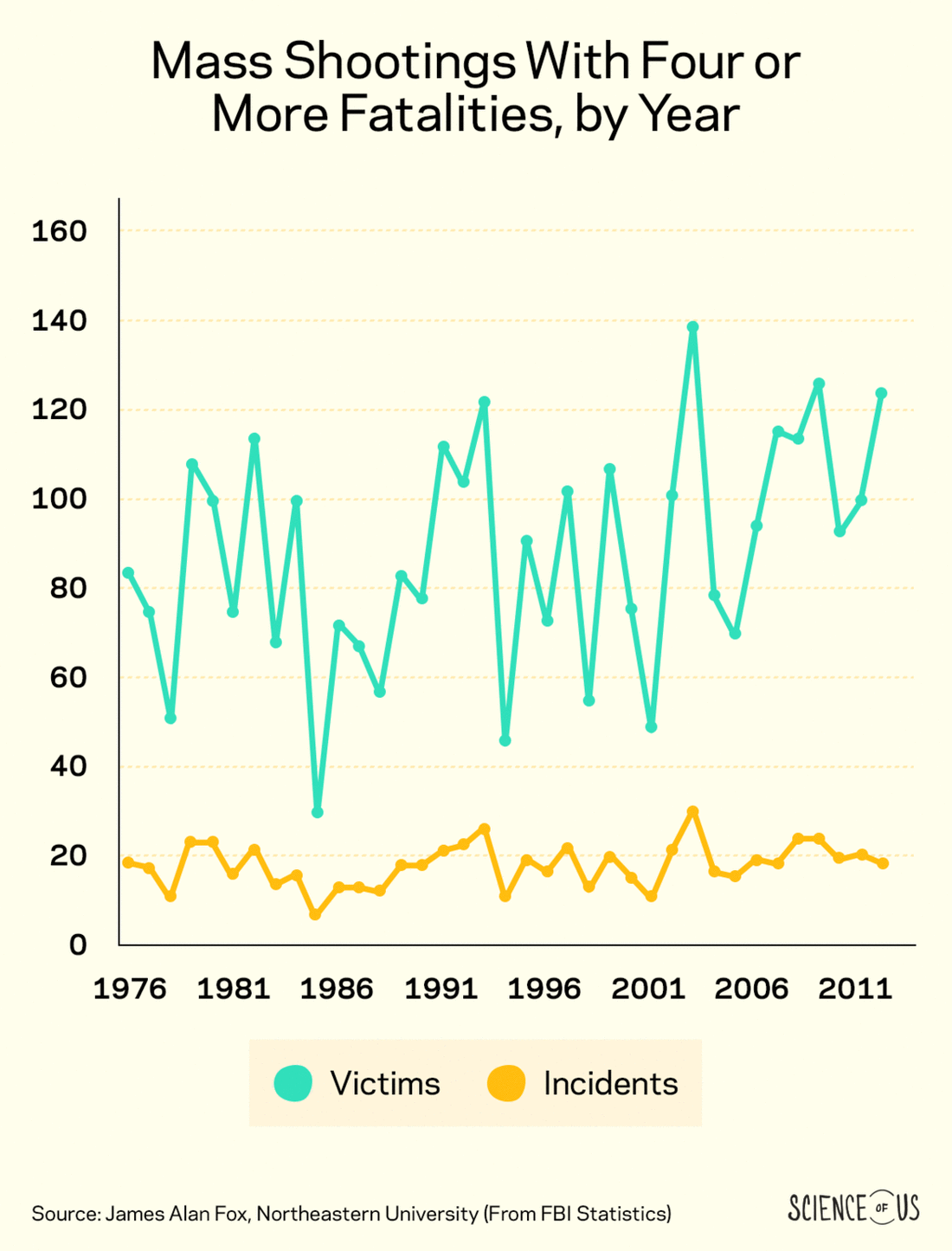
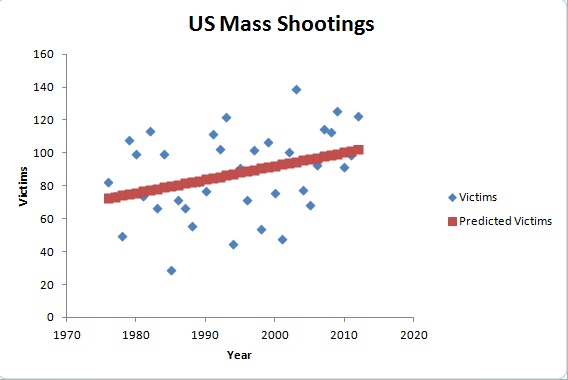
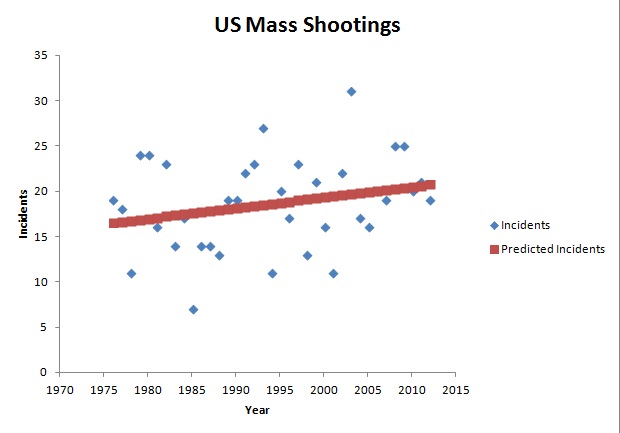
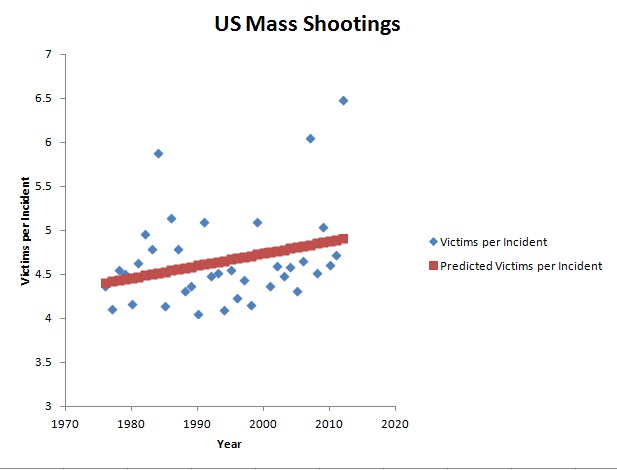
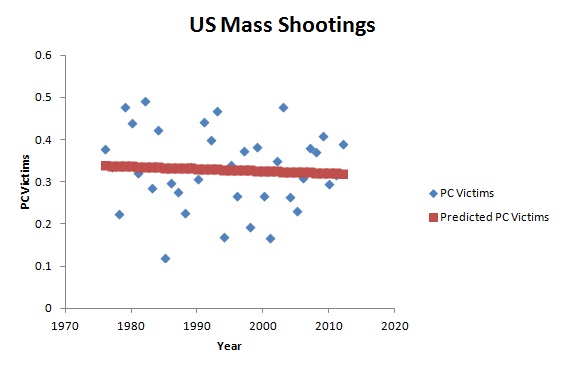
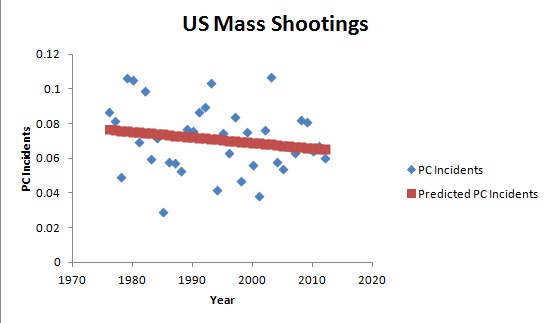
 RSS Feed
RSS Feed